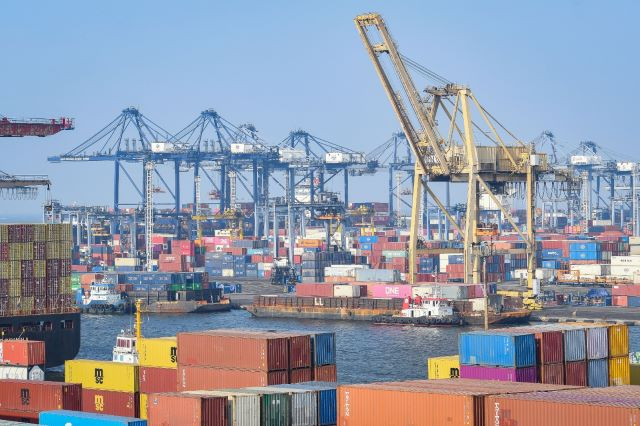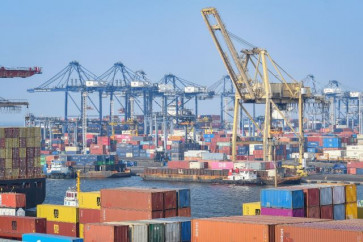Popular Reads
Top Results
Can't find what you're looking for?
View all search resultsPopular Reads
Top Results
Can't find what you're looking for?
View all search resultsEmbracing the digitization of trade paperwork in the ASEAN region
The WEF projects that digitizing trade documentation worldwide could potentially increase global GDP by almost 5 percent and boost international trade by a staggering 15 percent.
Change text size
Gift Premium Articles
to Anyone
T
housands of vessels traverse sea routes globally on a daily basis, transporting approximately 11 billion tonnes of goods annually. This process entails not only the shipping of physical cargo but also a substantial amount of accompanying trade documentation.
Essential documents such as bills of lading, certificates of origin, packing lists, letters of credit, insurance policies, warehouse receipts, sanitary and phytosanitary certificates, control and inspection certificates, and dangerous goods declarations must be presented; otherwise, the customs authorities may withhold the cargo.
In some cases, the paperwork for a single shipment may encompass up to 50 documents exchanged between 30 different stakeholders, with the verification of a bill of lading alone taking up to six hours. Consequently, the time required to verify all documents might be significantly longer since the bill of lading is a prerequisite.
Despite the advancements of the digital epoch, shipping documents still heavily rely on non-digital processes that necessitate hard-copy papers, stamps and multiple signatures. This paper-intensive process is not only time-consuming but also incurs unnecessary costs and is susceptible to human error. The World Economic Forum (WEF) estimates that the expenses related to handling trade documents account for nearly 20 percent of total transportation costs.
McKinsey & Company forecasts that digitizing 10 to 30 percent of trade documentation within the trade ecosystem could unleash over US$15.5 billion in direct benefits for shipping providers, potentially stimulating up to $40 billion in increased trade activity. The benefits could be amplified if a larger portion of trade documentation were to transition to a paperless format.
The WEF further projects that digitizing trade documentation worldwide could potentially increase global gross domestic product (GDP) by almost 5 percent and boost international trade by a staggering 15 percent if applied comprehensively to all paperwork. By comparison, the complete removal of import tariffs worldwide might only contribute to a 0.7 percent rise in GDP and a 10 percent surge in global trade.
However, despite the ongoing efforts to digitize trade-related documents on a global scale, the lack of a universal standard remains a serious stumbling block and the goal of digitization is not anticipated to be achieved in the near future.



















